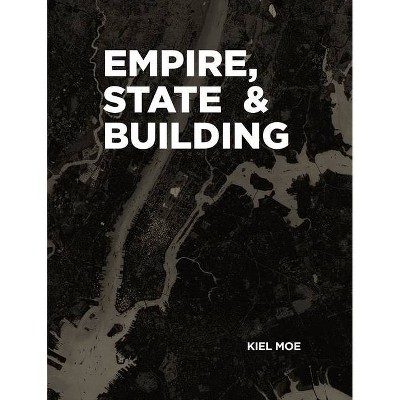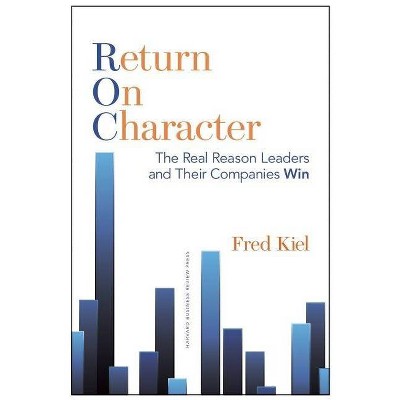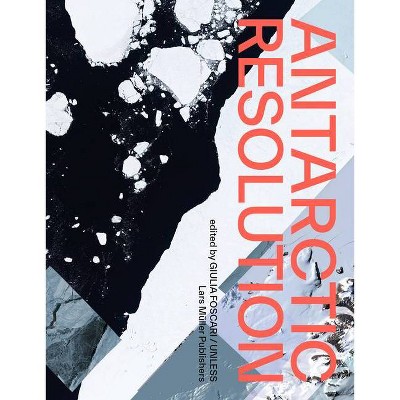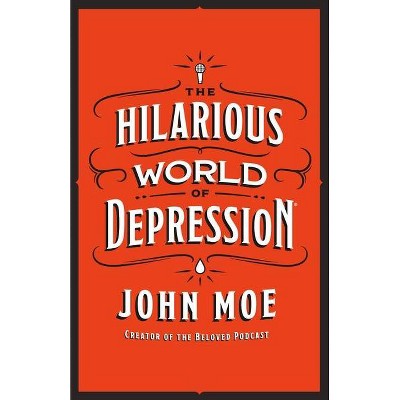Unless - by Kiel Moe (Hardcover)
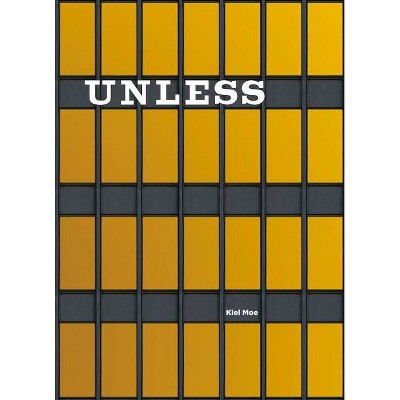
Similar Products
Products of same category from the store
AllProduct info
<p/><br></br><p><b> About the Book </b></p></br></br>Dissects the construction ecology, material geographies, and world-systems of a most modern of modern architectures: the Seagram Building. In doing so, it aims to describe how humans and nature interact with the thin crust of the planet through architecture. In particular, the immense material, energy and labor involved in building require a fresh interpretation that better situates the ecological and social potential of design. The enhancement of a particular building should be inextricable from the enhancement of its world-system and construction ecology. A beautiful building engendered through the vulgarity of uneven exchanges and processes of underdevelopment is no longer a tenable conceit in such a framework. Unless architects begin to describe buildings as terrestrial events and artifacts, architects will to our collective and professional peril continue to operate outside the key environmental dynamics and key political processes of this century.<p/><br></br><p><b> Book Synopsis </b></p></br></br><b>Dissects the construction ecology, material geographies, and world-systems of a most modern of modern architectures: the Seagram Building.</b> <p/> In doing so, it aims to describe how humans and nature interact with the thin crust of the planet through architecture. In particular, the immense material, energy and labor involved in building require a fresh interpretation that better situates the ecological and social potential of design. <p/> The enhancement of a particular building should be inextricable from the enhancement of its world-system and construction ecology. A "beautiful" building engendered through the vulgarity of uneven exchanges and processes of underdevelopment is no longer a tenable conceit in such a framework. <p/> Unless architects begin to describe buildings as terrestrial events and artifacts, architects will--to our collective and professional peril--continue to operate outside the key environmental dynamics and key political processes of this century.<p/><br></br><p><b> Review Quotes </b></p></br></br><br>Fortunately, Moe's book appears at a time when writers, critics, and historians are more invested than ever in examining a building's site as more than a physical artifact----as a nexus of different social, economic, and economic processes. --<b> The Architect's Newspaper</b><br><br>Every aspect of Mies van der Rohe's building has been extensively documented, illustrated, and imitated. Kiel Moe's critical assessment of this Modernist icon reads it through the lenses of material ecologies and environmental load. In the process, he demolishes so much of its mythology. --<b> Architectural Record</b><br><br>Through more literal descriptions of architecture, architects, designers, researchers, and historians can come to see the terrestrial basis of building. Further, by refraining from abstracting those myriad processes, they can start to reason and imagine designs that better engage our terrestrial realities. --<b>Kiel Moe, Metropolis Magazine</b><br><br>Unless arrives at a time of great reckoning in social, economical, political, and ecological realms. Moe is focused primarily on the last, though clearly they are all related, intertwined in the uneven and asymmetrical exchanges that have long prevailed in modern architecture. --<b>John Hill, A Daily Dose of Architecture</b><br>
Price History
Cheapest price in the interval: 28.49 on October 22, 2021
Most expensive price in the interval: 28.49 on December 20, 2021
Price Archive shows prices from various stores, lets you see history and find the cheapest. There is no actual sale on the website. For all support, inquiry and suggestion messages communication@pricearchive.us
